N. Gogol, the history of the creation of the "Overcoat"
Nikolai Vasilyevich Gogol is a special, colorful figure in Russian literature. A lot of mystical, strange and even terrible things are connected with his name. What is one of the most mystical stories of the XIX century - "Viy" worth! In fact, Gogol has several even more strange and instructive works, one of which is The Overcoat. The history of Gogol's creation of "The Overcoat" is rooted in the problems of society in the 19th century.
Plot
Petty official Akaki Akakievich Bashmachkin leads a very quiet, modest and inconspicuous life. He works in the office, rewrites any papers, and only in this activity does he find some kind of outlet. Colleagues laugh at him and openly mock him, his superiors do not notice him, he has no relatives or friends.
One day, Bashmachkin realizes that his old overcoat has completely fallen into disrepair and an urgent need to replace it. In order to save up for a new coat, Akaki Akakievich takes unprecedented measures, he saves on food, candles and even walks on tiptoes so as not to tear his shoes. After several months of deprivation, he finally buys a new overcoat. At work, everyone - some maliciously, some kindly - admire the acquisition of the old man and invite him to the evening to one of his colleagues.
Akaki Akakievich is happy, he spent a wonderful evening at a party, but when the hero returned home late at night, he was robbed, that very new overcoat was taken from him. In desperation, Bashmachkin runs to the authorities, but in vain, he goes to an appointment with a "high" person, but he only shouts at a petty official. Akaky Akakievich returns to his closet, where he soon dies, and the inhabitants of St. Petersburg learn about a mysterious ghost that rips off the overcoats from wealthy citizens and shouts “Mine!”.
The history of the creation of Gogol's "Overcoat" reflects a whole era with special problems, shows the unusual and distant history of our country, and at the same time touches on the eternal questions of humanity, which are still relevant today.
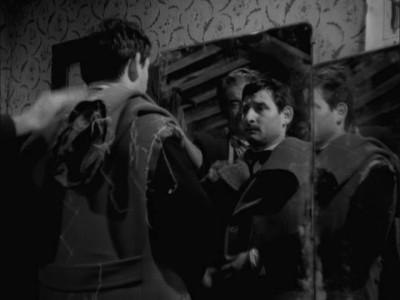
"little man" theme
In the 19th century, a direction of realism took shape in Russian literature, covering all the little things and features of real life. The heroes of the works were ordinary people with their daily problems and passions.
If we talk briefly about the history of the creation of Gogol's "The Overcoat", then it is the theme of the "little man" in a large and alien world that is especially sharply reflected here. A petty official goes with the flow of life, never gets indignant, never experiences strong ups and downs. The writer wanted to show that the real hero of life is not a shining knight or a smart and sensitive romantic character. But such an insignificant person, crushed by circumstances.
The image of Bashmachkin became the starting point for the further development of not only Russian, but also world literature. European authors of the 19th and 20th centuries tried to find ways out of the "little man" from the psychological and social shackles. It was from here that the characters of Turgenev, E. Zola, Kafka or Camus were born.
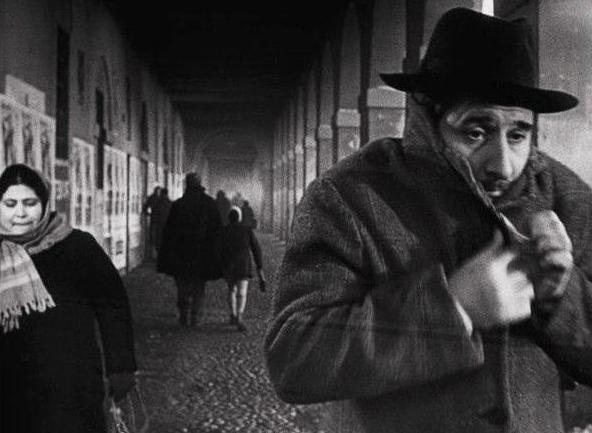
The history of the creation of the "Overcoat" by N. V. Gogol
According to researchers of the great Russian writer's work, the original idea of the story was born from an anecdote about a petty official who wanted to buy himself a gun and saved up for his dream for a long time. Finally, having bought the treasured gun, he, sailing along the Gulf of Finland, lost it. The official returned home and soon died of grief.
The history of the creation of Gogol's "Overcoat" begins in 1839, when the author was only making rough sketches. Little documentary evidence survives, but passages indicate that it was originally a comic story without much morality or deep meaning. In the next 3 years, Gogol took up the story several more times, but brought it to the end only in 1841. During this time, the work almost lost all humor and became more pathetic and deep.
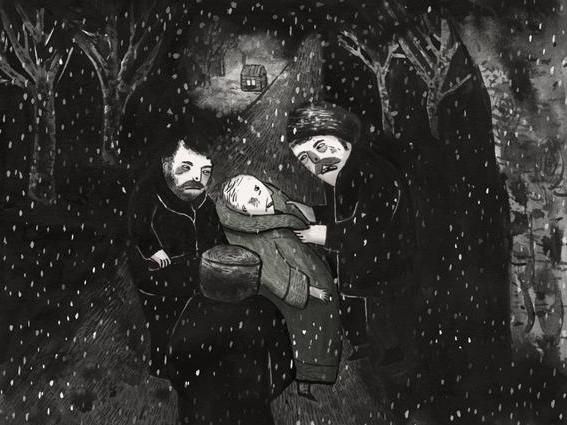
Criticism
The history of the creation of Gogol's "Overcoat" cannot be understood without taking into account the assessment of contemporaries, ordinary readers and literary critics. After the release of the collection of the writer's works with this story, at first they did not pay due attention to it. At the end of the 30s of the 19th century, the theme of a distressed official was very popular in Russian literature, and The Overcoat was originally attributed to the same pitifully sentimental works.
But already in the second half of the 19th century, it became clear that Gogol's "Overcoat", the history of the creation of the story, became the beginning of a whole trend in art. The theme of man's refinement and the quiet rebellion of this insignificant creature have become relevant in Russian authoritarian society. The writers saw and believed that even such an unfortunate and “small” person is a person, a person who thinks, analyzes and knows how to defend his rights in his own way.
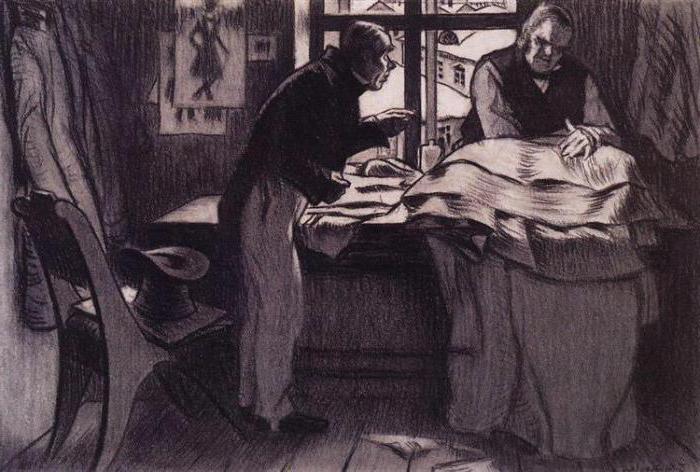
B. M. Eikhenbaum, “How the Overcoat is Made”
A great contribution to understanding the history of the creation of the story "The Overcoat" by Gogol was made by B. M. Eikhenbaum, one of the most famous and honored Russian critics of the 19th century. In his work “How the Overcoat is Made”, he revealed to the reader and other authors the true meaning and purpose of this work. The researcher noted the original, tale style of narration, which allows the author to express his attitude towards the hero during the story. In the first chapters, he scoffs at the pettiness and pity of Bashmachkin, but in the last he already feels pity and sympathy for his character.
The history of the creation of Gogol's "Overcoat" cannot be studied without breaking away from the social situation of those years. The author is indignant and indignant at the terrible and humiliating system of the “Table of Ranks”, which puts a person in certain limits, from which not everyone can get out.
Religious interpretation
Gogol was often accused of playing too freely with Orthodox religious symbols. Someone saw his pagan images of Viy, the witch and the devil as a manifestation of lack of spirituality, a departure from Christian traditions. Others, on the contrary, said that in such ways the author is trying to show the reader the way of salvation from evil spirits, namely Orthodox humility.
Therefore, some researchers saw the history of the creation of the story "The Overcoat" by Gogol precisely in a certain religious inner conflict of the author. And Bashmachkin no longer acts as a collective image of a petty official, but as a person who has been tempted. The hero invented an idol for himself - an overcoat, lived and suffered because of it. In favor of the religious interpretation is the fact that Gogol was very fanatical about God, various rituals and carefully observed everything.
Place in literature
The current of realism in literature and other forms of art made a real sensation in the world. artists and sculptors tried to depict life as it is, without embellishment and gloss. And in the image of Bashmachkin, we also see a ridicule of a romantic hero leaving history. That one had lofty goals and majestic images, but here a person has the meaning of life - a new overcoat. This idea forced the reader to think deeper, to look for answers to questions in real life, and not in dreams and novels.
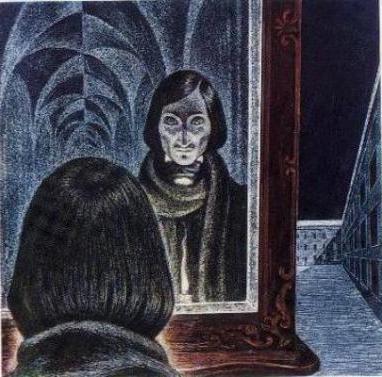
The history of the creation of N.V. Gogol's story "The Overcoat" is the history of the formation of Russian national thought. The author correctly saw and guessed the trend of time. People no longer wanted to be slaves in the literal and figurative sense, a rebellion was ripening, but still quiet and timid.
After 30 years, the theme of the already matured and more courageous "little man" will be raised by Turgenev in his novels, Dostoevsky in the work "Poor People" and partly in his famous "Pentateuch". Moreover, the image of Bashmachkin migrated to other forms of art, to theater and cinema, and here it received a new sound.
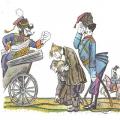 “Lefty” - a summary of the work N
“Lefty” - a summary of the work N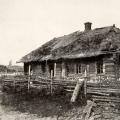 Turgenev, "Biryuk": a summary
Turgenev, "Biryuk": a summary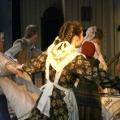 Comedy A.N. Ostrovsky "Poverty is not a vice": a summary of the work
Comedy A.N. Ostrovsky "Poverty is not a vice": a summary of the work